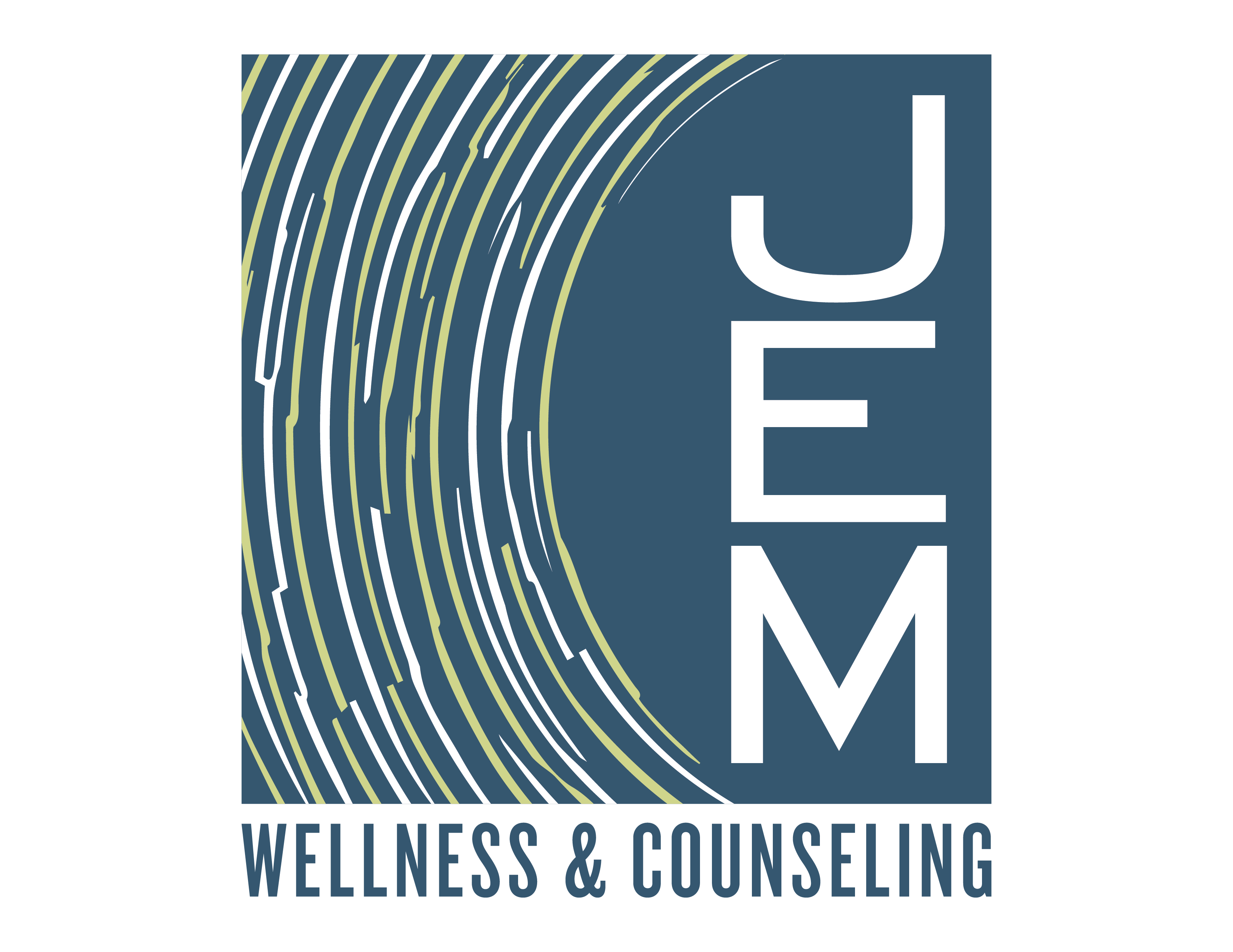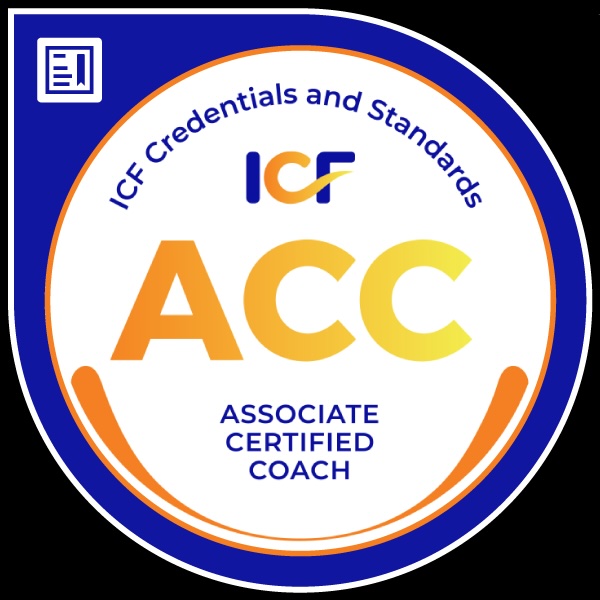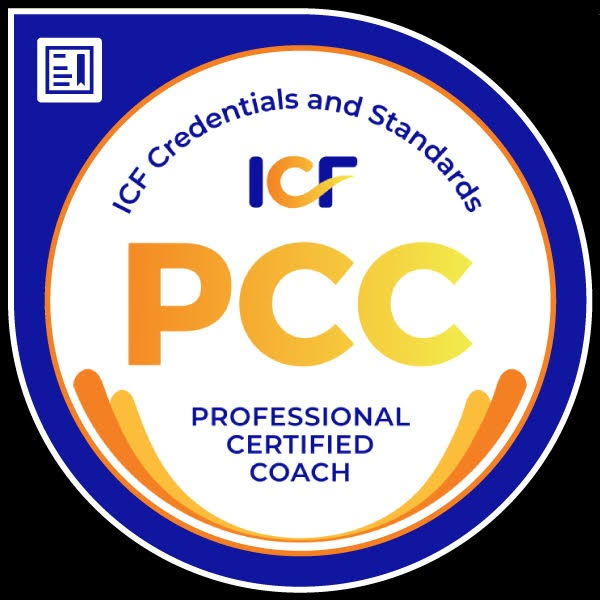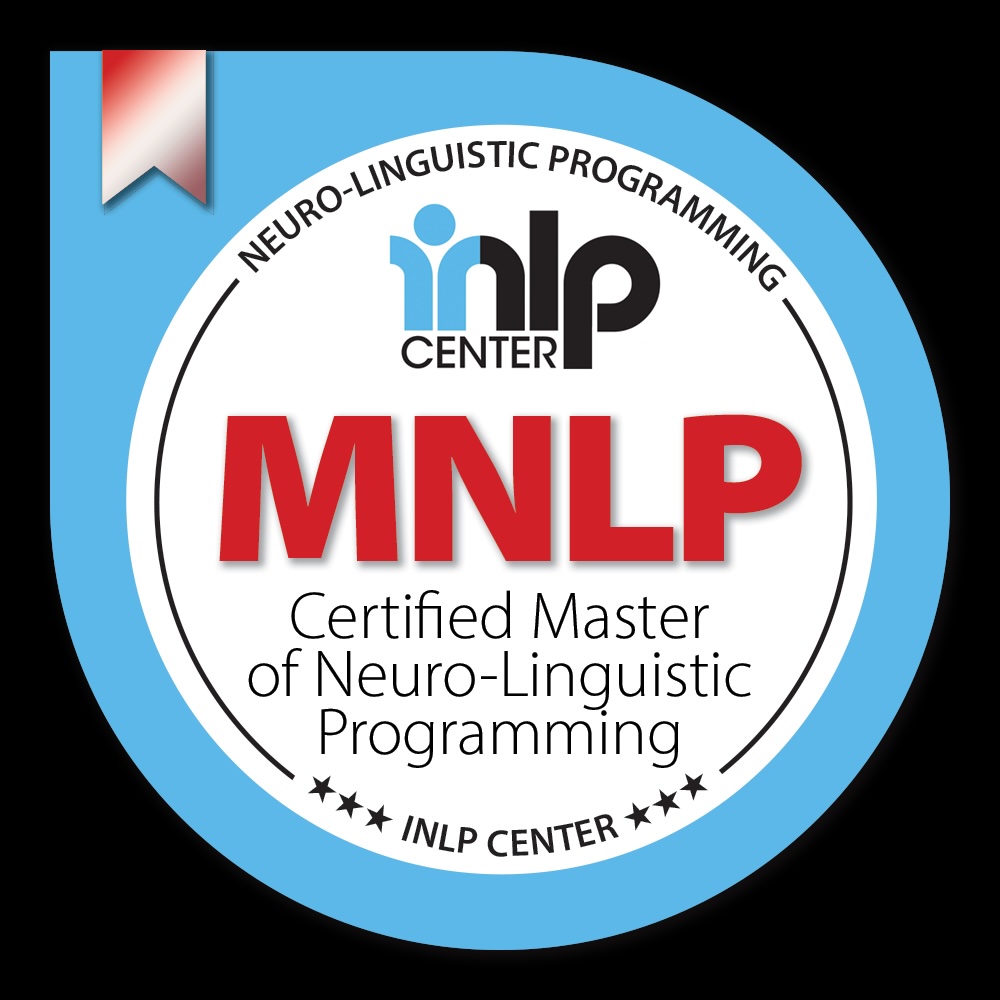From popular apps to bestselling how-to guides, meditation is everywhere. The benefits of meditation for mental and physical wellbeing are undeniable, and now modern Western research is beginning to catch up to ancient Eastern wisdom on the power of a meditation practice for taming our central nervous system and even modifying our brain waves.
While there are many different forms of meditation, starting a meditation practice can be as simple as setting aside 7-10 minutes of quiet time, without your phone in hand, without notifications on, and without any external stimulus like TV or a podcast. The idea behind most meditative practices is to practice stillness and take a break from the myriad external stimuli we experience on a constant basis.
That may sound easy enough in theory, but what many people often find in practice is that their minds have difficulty achieving stillness. Even if we are sitting perfectly still in a quiet room with our eyes closed, our minds can be terribly noisy. Even more challenging, is that in that stillness we often begin to hear the voice of our innermost self-critic. Believe it or not, one of the most common reactions to a beginner’s meditation practice are nagging questions like, “Am I doing this right?” or “Why can’t I just clear my mind?” or “How am I supposed to think of nothing?”
What happens then is a shame spiral that is all too familiar to some of us: “Why can’t I do anything right? What’s wrong with me? I’m so bad at this.”
Rather than seeing this as an obstacle to meditation, this can actually be your greatest asset, as it is an opportunity to speak directly to that inner critic who seems to always be lurking in the background.
In her popular book “The Now Effect: How a Mindful Moment Can Change the Rest of Your Life,” Dr. Elisha Goldstein describes a mindfulness practice as “how to use the space between stimulus and response to break free from habitual beliefs and thoughts that don’t serve you.” Isn’t that what that self-doubting voice is after all? A habitual set of negative beliefs and thoughts about yourself that just don’t serve you, and which are almost certainly just not true.
A useful tool adapted from Dr. Goldstein’s book that our clients have found useful is what some call the “See-Touch-Go” method. Let’s say you’re settled into your meditation practice. You’ve set a timer, put your phone on “Do Not Disturb,” and you are seated in a comfortable position. Yet you can’t keep yourself from thinking about the work you have to do later on in the day, what you’ll do for dinner, or that thing on your to-do list that you just can’t seem to get to which makes you feel like all of this is just a waste of time.
Rather than immediately force yourself out of the moment, try this simple, three-step practice for handling the negative, stressful, or even mundate thoughts:
- See: Don’t try to push the thought out of your mind right away. It’s already there! Instead, allow the thought or idea in. Say to yourself, “I see you.” Rather than try to force your mind to a blank slate, allow this fleeting thought to come into full focus. Visualize whatever thought is trying to creep its way in.
- Touch: Allow yourself to engage with the thought for a moment. Understand why it is appearing now. Have you been putting something off that has been in the back of your mind causing low grade stress? Have you had an insecurity lately that seems to be showing up in different areas of your life? Whatever you suspect the reason may be, take a moment to “touch” the thought. Again, it’s already there, so visualize yourself reaching out and touching the image in your mind’s eye, so that you are acknowledging it rather than trying to push it away. Sometimes it also helps to say to yourself or out loud, “Thank you.” By thanking the idea for presenting itself, you aren’t coming from a place of negativity or shame.
- Go: As you reach out and “touch” the idea, visualize yourself then moving it to the side. Sometimes it may be something that you should pay attention to later on. Other times, it may be an idea that you need to practice letting go entirely, especially persistent negative thoughts about your ability to do or not do certain things. Either way, you are actively telling yourself that you acknowledge the thought or stress, but that it is not time for it right now.
More often than not, this is far more effective than simply trying to shut the idea down. Give it a try.
While this may seem like a fairly simple exercise, it grounds us in the idea that, ultimately, “We are not our thoughts, we are the awareness of our thoughts.” If the voice you hear most often when you remove external stimuli, try to listen out for how often that voice creeps up in your daily life and interactions. By utilizing the “See-Touch-Go” method in your meditation practice, you can also learn to use it throughout the day when you experience self-doubt or insecurity. Identify the feeling, thank it for presenting itself, but move it to the side either for now or for good.
If you are currently working with a therapist, reassure yourself that you can bring those thoughts or ideas to your next session. If you find it is increasingly difficult to slow the pace of those thoughts, it may be a good time to seek counseling. Either way, we hope that you can benefit from this easy method for addressing the most common barrier to a lifelong meditation practice and its proven mental and physical health benefits.
How to Start
You may click on the “New Client Consultation” button, call, text or email us. We will respond to you within 24 hours to have a free 10-15 minute phone consultation. This will help us determine if we are the best fit to support you toward your goals. If we are, we will schedule your initial assessment and begin your wellness passage.




















